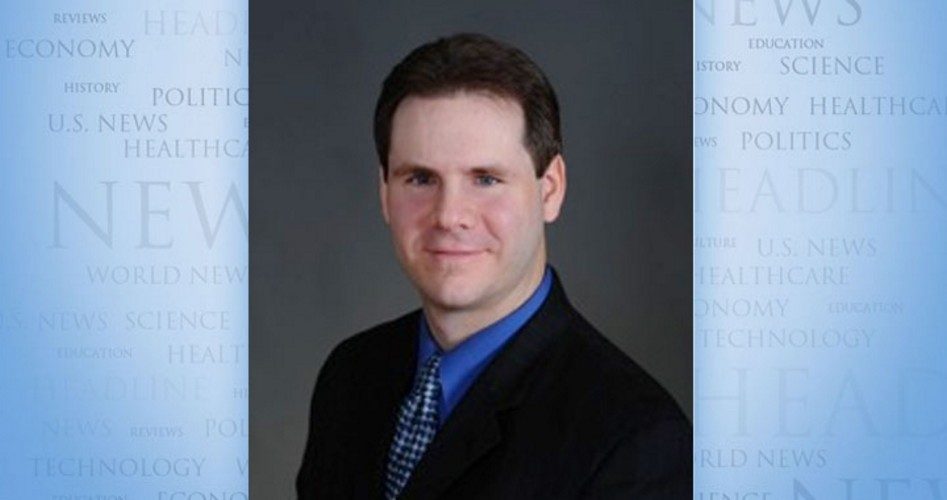
If there is one overlooked aspect of the current federal-government surveillance scandal, it’s modernist America’s attitude toward death. What do I mean? Well, if I said that the number of children who die in school shootings every year was statistically insignificant in a nation of 311 million people or that there is an acceptable level of death through terrorism, many would accuse me of being a cold, soulless bean counter. But don’t we in essence live this attitude all the time? Every year approximately 175,000 children die through drowning, but we haven’t yet outlawed swimming pools or called for exhaustive government surveillance of them; and about 42,000 people die yearly in traffic accidents — 115 a day and 1 person every 13 minutes— but we haven’t yet mandated a five-mile-per-hour speed limit. Death is often accepted as the cost of doing business, and in this case the business is living.
That is, we accept death within certain contexts. But the context here isn’t “avoidable” deaths — it’s deaths that manage to avoid the news.
Just imagine if the media made showcasing juvenile drowning deaths a cause célèbre. Imagine they showed cute pictures of the now-deceased children; talked about their now dashed dreams, their hopes, their hobbies and happy natures; ran interviews with distraught loved ones and brought them before Congress. Wouldn’t there soon be a drumbeat to “do something” about this intolerable problem? Why, 175,000 children a year! Sen. Chuck Schumer would be on the air bloviating about how he pledges to take action and Barack Obama’s teleprompter would kick into high gear.
Of course, there already are regulations governing swimming pools and cars. The point, however, is that we’re still losing more than a million people to these two problems every half-decade, yet we don’t discuss them nearly as much as certain phenomena that cost far fewer lives. Clearly, the level of government intervention in an area doesn’t always correspond to the severity of the problem as much as to the intensity of news coverage.
Don’t get me wrong, shootings and bombings are surely quite newsworthy, yet there are other factors here that lead to disproportionate coverage. One is that the media, academia, and entertainment realm have an agenda — and, no, it has nothing do to with concern about children. Were that so, the media would actually talk about abortion and the Kermit Gosnells of the world; they would actually report on the child sexual abuse in government schools — which a Hofstra University study showed is 100 times as common (and is still occurring) as what happened in Catholic circles.
But while the media don’t hate swimming pools or cars, they despise guns; hence coverage that is disproportionate — and distorted. In fact, just imagine that the media covered traffic accidents the way it does firearms. We’d hear about high-powered assault cars and about how no one needs 200 hp and the ability to drive at the clip it enables, about how when autos were first created no one could imagine a Porsche with a top speed of 202 mph. Model Ts and flintlocks all around.
Another factor in this is conditioning. Life was short and brutal for most of history (it’s said the average lifespan in ancient Rome was 22), with high infant mortality rates and much suffering and death due to disease, starvation, and violence. In the 1950s, no one troubled over not having seatbelts or airbags, and there were few if any child safety-seat, bicycle-helmet, or anti-smoking laws even in the ‘70s. Yet now localities will go so far as to outlaw trans-fats, smoking in public parks, and large sodas.
And even within our time we see variation in risk acceptance. There are winding roads in West Virginia with 55-mph speed limits that are identical in terms of condition and width to roads in the Northeast with 35-mph limits. What’s the difference?
Mentality.
As life becomes more comfortable, people’s expectations for safety increase commensurately. The poor person may be closer to the earth and less insulated from its realities; he may be more likely to accept life’s transitory nature on an emotional level. And his tolerance for risk is greater because his whole existence is riskier, from his perhaps more dangerous job and/or neighborhood to his poorer healthcare to his lack of a safety net. But it seems that when people can have all the things of this world — when they can insure everything except their spiritual lives, where they’re sure of nothing — they may start to hold on to this world for dear life.
Another factor is the feminization of society. It’s well known that men tend to be risk takers while women tend to be more security oriented; this is why a father will tolerate a level of risk in a son’s recreation that will make the mother cringe. Yet there is a balance. We shouldn’t have a nation epitomized by the testosterone-oozing daredevil who just can’t live without the thrill of risking death. But we also shouldn’t descend into what the dominance of feminism and the emasculation of men have given us: a soccer-mom Harridan State, where Big Sister seeks to ensconce the children she doesn’t abort in the cold embrace of her bubble wrap — and where even adults are treated like children.
Then there is what, sadly, seems to correspond to wealth: godlessness. When people perceive no afterlife, they can become obsessed with staying in this life for as long as possible no matter the cost. Disproportionate fears — in this case, of death — make people act in disproportionate ways. Thus, it’s no surprise that our increasingly atheistic society has embraced the Cult of the Body, health-fascist laws and a security-über-alles mindset.
So it’s unusual for me to say this, but I have to give Barack Obama credit. When he recently said, “You cannot have 100 percent security and 100 percent privacy,” he was right. Darn right. What he didn’t say was that 100 percent security is not only unrealistic, it can be dangerous to pursue. As with everything else, security efforts reach a point of diminishing returns. You may gain 90 percent security with the sacrifice of 10 percent freedom (having police and even basic laws represent some loss of liberty), but realizing 90 percent of that last 10 percent security may require sacrificing 90 percent of your remaining 90 percent freedom. Is this not a security threat to the only kind of life worth living? It is not better to live 40 years unshackled than 80 in chains?
People are going to die in all sorts of ways, some hoary and some horrible, and this includes terrorist acts. A healthy people ponder death and how they will meet it and not just life and how they may extend it. Behaving as if one will live forever is a characteristic of the young — and the immature.


